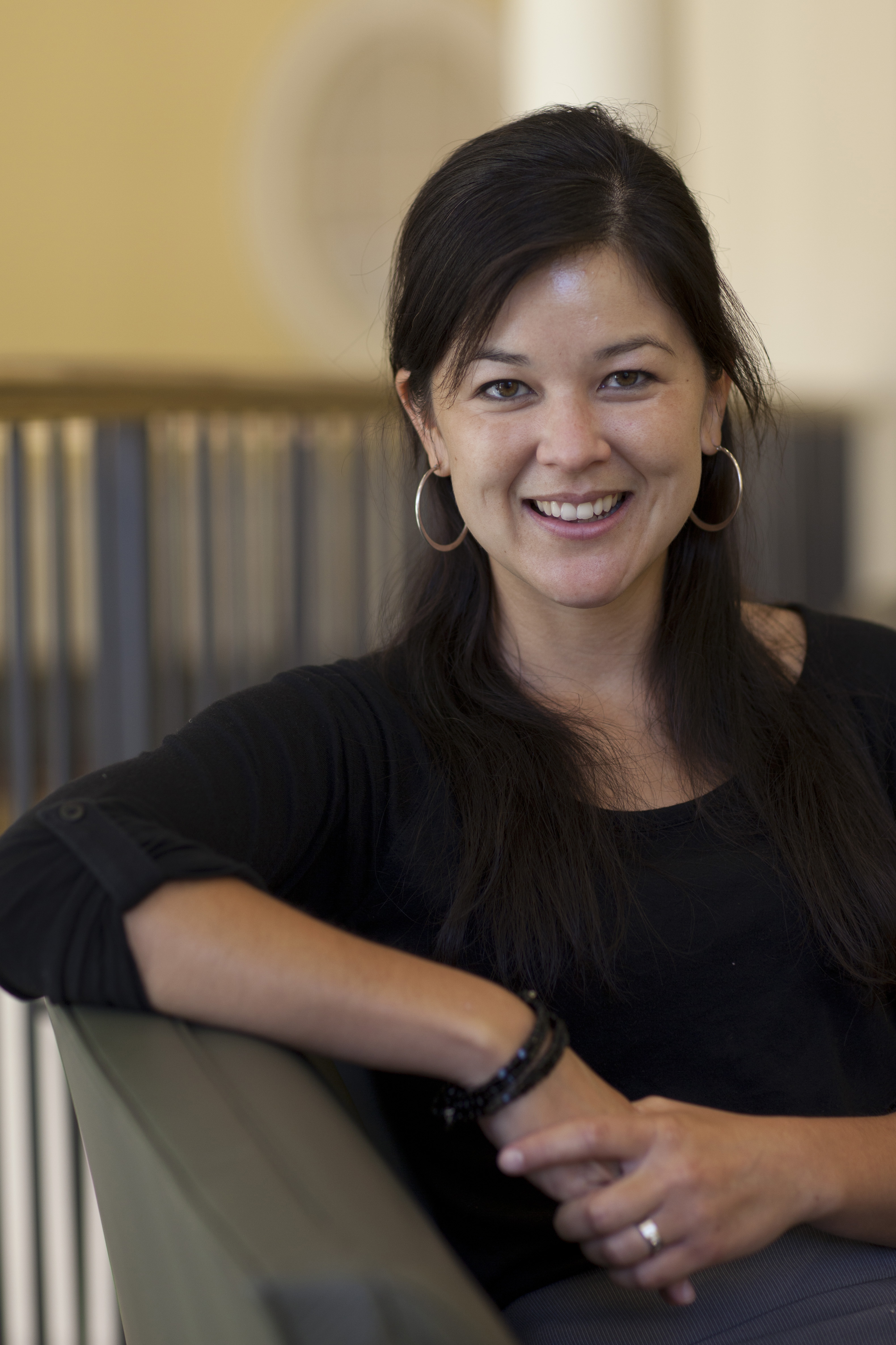One of the toughest tasks any science teacher faces is to convince students that what they learn in class will be useful in the real world.
Even if they do get the message – and many do not, based on results of recent studies and standardized test scores – there is often a disconnect between the lab experiments they conduct and the scientific principles and theories they learn from them, according to Jennifer Chiu, assistant professor of science, technology, engineering and mathematics education at the University of Virginia's Curry School of Education.
"Many science classrooms use simulations to demonstrate scientific principles and theories. However, students have trouble making connections between the simulations and the real world," said Chiu, whose research is aiming to remedy this problem.
She and colleague Charles Xie, senior scientist at the Concord Consortium, a non-profit educational technology laboratory in Concord, Mass., have received a $1.35 million grant from the National Science Foundation to create new kinds of science lab activities that bridge virtual and real environments, and give students that "aha" moment of understanding.
Students in high school science labs across the United States participate in two common practices: physical labs, where they manipulate real objects, and the use of computers to simulate an experience. Physical labs provide rich context and hands-on experiences, but often fail to clearly demonstrate the underlying concepts. Simulations can help students "see" these typically invisible concepts, but often lack a sense of reality.
Chiu and Xie are developing leading-edge technologies to blend these two types of learning into eight mixed-reality experiences.
Take the concept of heat transfer as an example: Students often think that metal and wood are at different temperatures because they "feel" different when you touch them. Yet even after participating in a variety of labs where they measure and track temperatures over time, students often miss the overriding principle of heat transfer, or changes in the internal energy of systems.
"Students can investigate heat transfer by measuring temperatures in a physical lab," Chiu said. "Perhaps the next day, students use simulations to investigate the underlying processes of heat transfer. Because these simulations, physical labs and everyday experiences are typically isolated, students often fail to put the pieces together into a coherent whole. Research demonstrates that students, even scientists, come out of typical instruction with a variety of ideas about heat transfer."
Chiu and Xie are creating labs where data from the real world drive a corresponding virtual experiment. For example, temperature and pressure sensors within a syringe can be used to drive a molecular dynamics simulation of gases. Students can push the syringe and see corresponding changes in molecular motion on the computer, allowing students to really "see" what is happening at the molecular level when they physically push or pull the piston.
After creating specific mixed-reality lesson plans and activities, Chiu and Xie will test whether students gain a better grasp of scientific principles and connections to the real world.
In addition to developing activities that will be freely available from their website, they hope to identify general principles regarding the design of these mixed-reality environments that will help guide educators as they develop and implement these kinds of labs.
According to Chiu, the team is particularly excited about mixed-reality thermal imaging, including a simulation tool under development called Energy2D (LINK: http://energy.concord.org/energy2d), designed for simulating energy flow.
Imagine that students conduct a lab to investigate how heat flows through a house. Students can design their own model homes and put a heat source inside with probes that measure the temperature and report those measurements back to the online simulation. The mixed-reality system allows the students to see real-time images of how heat flows through their model house and how any changes they make to the model (opening of a window; removal of the ceiling, leaving only the roof; or moving the heat source) impacts the heat flow. This kind of interface supports much richer interactions than manipulation using the mouse or keyboard.
Another mixed-reality feature to include in the Energy2D tool is technology that allows a student to touch the screen and transfer body heat into the simulation. Instead of temperature probes or buttons driving the images, students' own hands will be the sources of data.
It is the vision of Chiu and her team that students participating in the mixed reality labs begin to fully understand science principles and connect them to real life. These concepts are central to many problems facing society, notably climate change and energy efficiency, she said.
This fall, the mixed-reality labs will be implemented in several high schools in Massachusetts and Virginia, including those in Albemarle County.
Chiu and Xie's research responds to challenges issued by the National Science Foundation's Cyberlearning initiative, which calls for more research into innovative computing and communications technologies to support learning. The program aims to "explore opportunities for promoting and assessing learning made possible by new technologies, ways to help learners capitalize on those opportunities, new practices that are made possible by learning technologies, and ways of using technology to promote deep and lasting learning of content, practices, skills, attitudes, and/or dispositions needed for engaged and productive citizenship."
Chiu and Xie's award was one of seven design and implementation projects funded under the cyberlearning call, and received the maximum award amount of $1.35 million for three years until September 2014.
Before coming to the Curry School, Chiu worked as an engineer in Silicon Valley and taught high school math and science. Seeing a discrepancy between technologies in industry and classrooms led her to pursue a career in educational technology, she said.
Media Contact
Article Information
January 13, 2012
/content/uva-education-researcher-receives-135m-nsf-grant-help-students-connect-science-real-world

